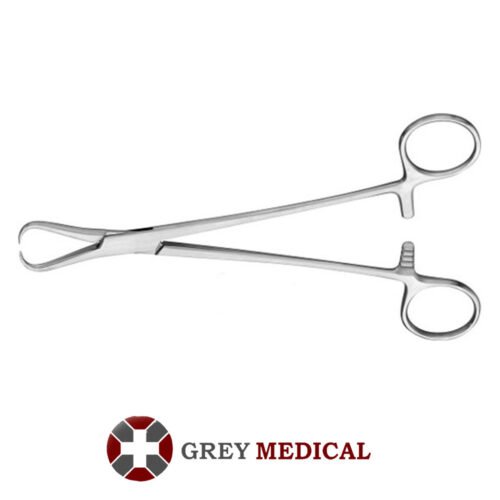Introduction
The Adair clamp is an indispensable tool in the arsenal of oral and maxillofacial surgeons, renowned for its effectiveness in managing tissues and controlling bleeding. To maximize its benefits, surgeons must understand the best practices for using the Adair clamp effectively. This blog will outline techniques for employing the Adair clamp in surgical procedures, focusing on enhancing surgical outcomes and patient care.
Proper Techniques for Using the Adair Clamp
Using the Adair clamp effectively requires a combination of skill and knowledge. Here are essential techniques to consider:
- Correct Grip: To ensure stability and control, hold the Adair clamp firmly but gently. The thumb should be positioned on the handle’s top, while the fingers grip the lower section, providing the necessary leverage for manipulation.
- Positioning: Properly position the clamp to achieve optimal access to the surgical site. Depending on the procedure, you may need to adjust the angle of the clamp to retract tissues effectively or occlude blood vessels securely.
- Gradual Pressure Application: When clamping vessels or tissues, apply pressure gradually. Start with a light grip to assess the tissue's response before applying firmer pressure. This approach minimizes the risk of tissue damage.
Best Practices for Enhancing Effectiveness
To enhance the effectiveness of the Adair clamp during surgical procedures, consider the following best practices:
- Preoperative Assessment: Before the procedure, assess the surgical site and plan the use of the Adair clamp accordingly. Understanding the anatomy and potential challenges will help you use the clamp more effectively.
- Maintain Visibility: Ensure that the use of the Adair clamp does not obstruct the surgical field. Adjust the clamp's positioning as needed to maintain a clear view of the operative site.
- Collaborate with the Surgical Team: Effective communication with the surgical team is essential. Ensure that all team members are aware of how the clamp will be used during the procedure, allowing for coordinated movements and better overall efficiency.
Postoperative Considerations
The role of the Adair clamp does not end with the procedure; proper postoperative care is essential:
- Monitor Hemostasis: After the surgery, carefully monitor the surgical site for any signs of bleeding. The Adair clamp's initial clamping may have controlled bleeding, but additional attention is needed to ensure no further complications arise.
- Follow-Up Care: Educate patients on postoperative care, including how to manage the surgical site. This includes avoiding trauma to the area where the Adair clamp was utilized, which can help prevent complications.
Conclusion
Mastering the use of the Adair clamp is crucial for achieving successful surgical outcomes in oral and maxillofacial surgery. By employing proper techniques, adhering to best practices, and ensuring effective communication with the surgical team, surgeons can leverage the clamp's full potential. The Adair clamp’s precision and effectiveness in managing tissues and controlling bleeding make it an invaluable tool in modern surgical practice. As surgical techniques evolve, the commitment to mastering instruments like the Adair clamp will continue to enhance patient care and outcomes in the surgical field.





Comments